Up the bees
A bit of early spring weather has flowers popping up all over the yard. The purple crocuses are moving into their fifth week up and about, while the daffodils are threatening to pop. All over town there are signs of spring, and there is no doubt that things are happening very early this year. It looks like my plan to constantly burn raw coal in an open pit in the backyard is finally working out and hastening climate change.
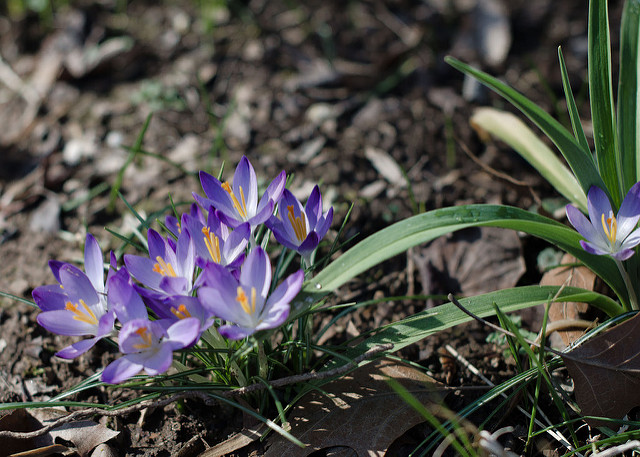
I moved away from the cold of New York a long time ago. I did so for quite a few reasons – I hate winter jackets, brown slush and people complaining about the weather. Oh, and those same people complaining about how high the tax rates are in New York. “Yes, I get it. No, it isn’t fair at all. Could you pass the gallon of ranch dressing?”
In Western New York, I would never dream of seeing a honey bee out and about on a January day. The best flower a bee could hope for at that time of year would be on the wallpaper of the downstairs bathroom, with that strong smell of “flowers” coming from a recent blast of air freshener.
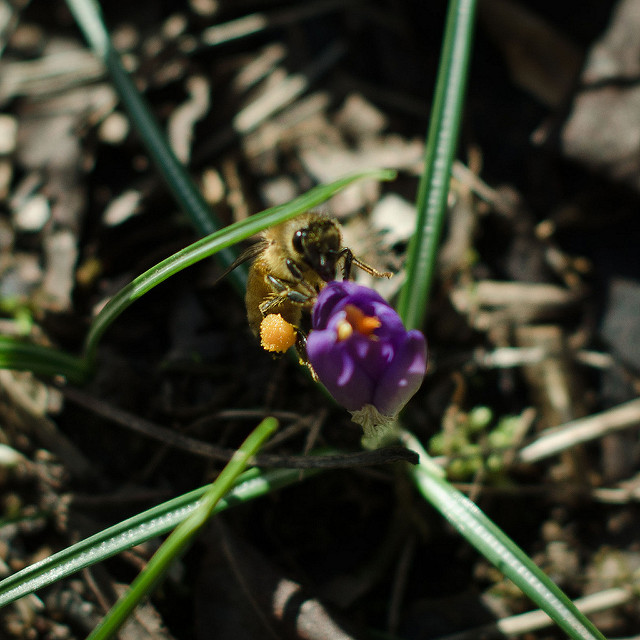
But I was happy to see that someone in our neighborhood keeps bees and that there was enough pollen available already to fill their legs.
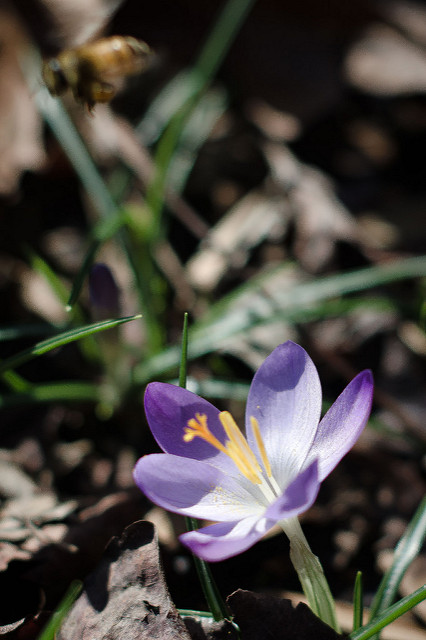
Ever since taking classes in Wilmington on beekeeping I have been interested in pursuing it as a hobby. However, the more I have thought about it the less interest I have had in harvesting honey and using the bees as a food source. They have enough to deal with without someone like me coming and disturbing their work. But thanks to Sam at Anarchy Apiaries I discovered a more basic way of keeping bees, a way that lets the bees do their work, swarm if they want to, build comb at the size they feel is most efficient. The bees can live as pollinators not as a honey bank.


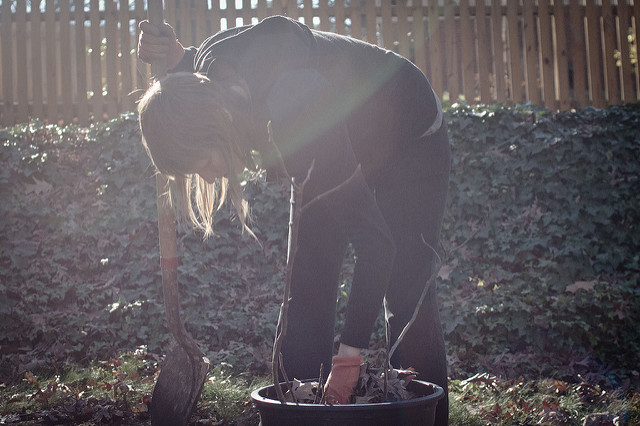

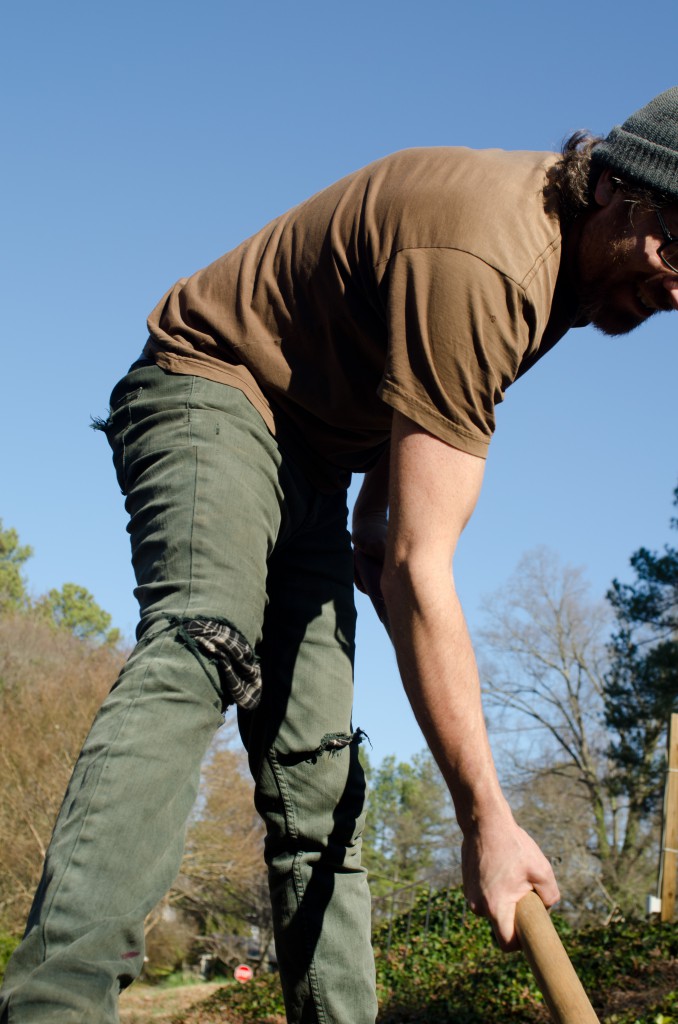
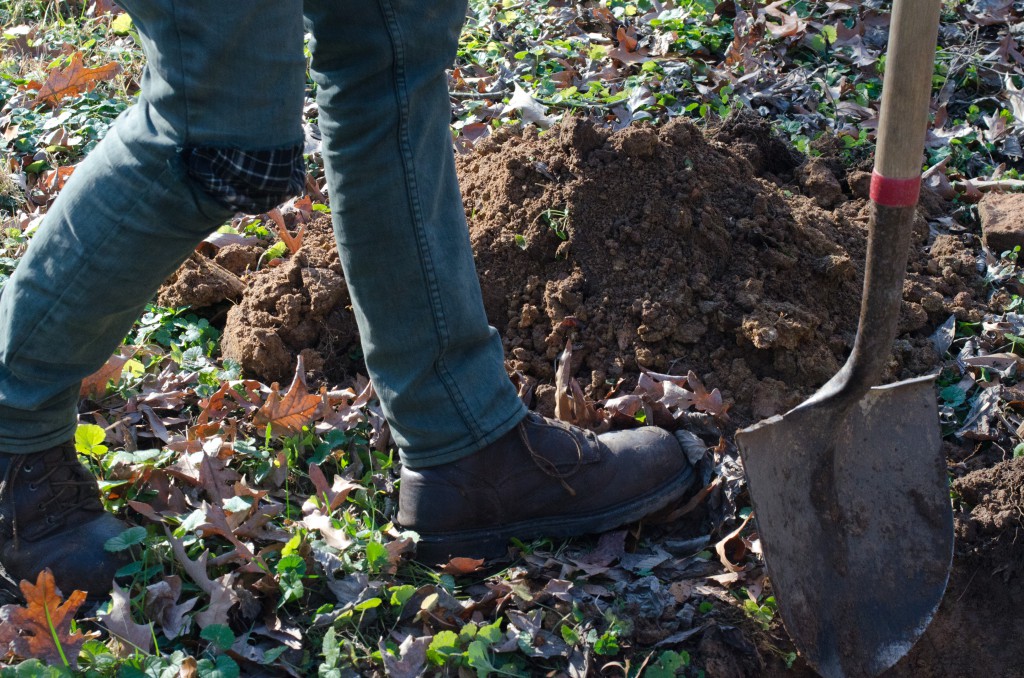
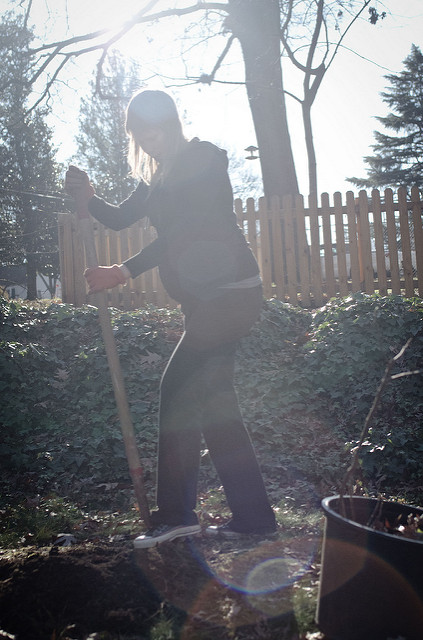
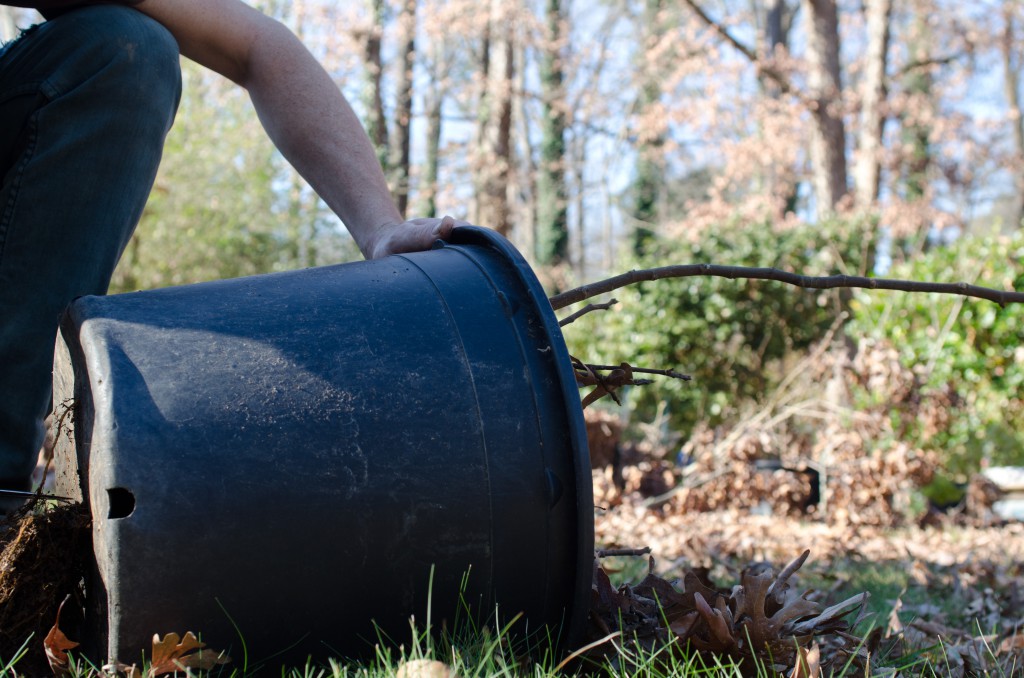

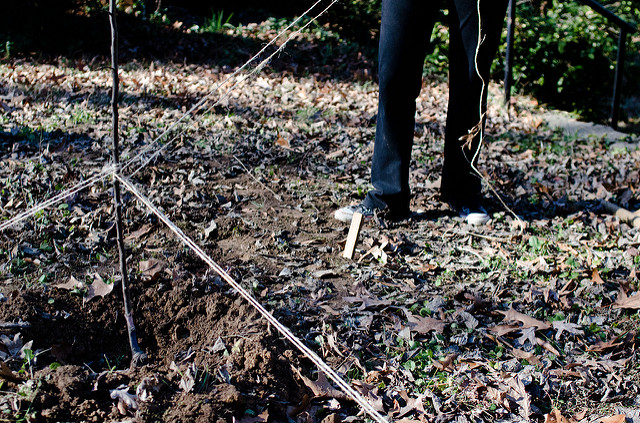
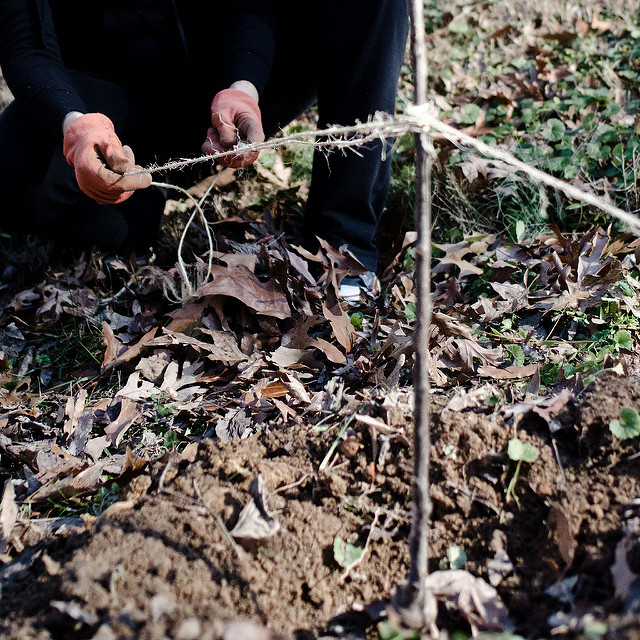



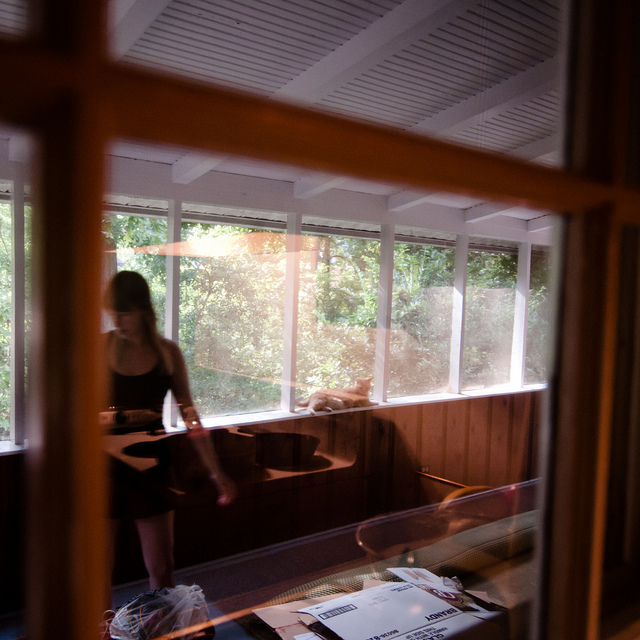
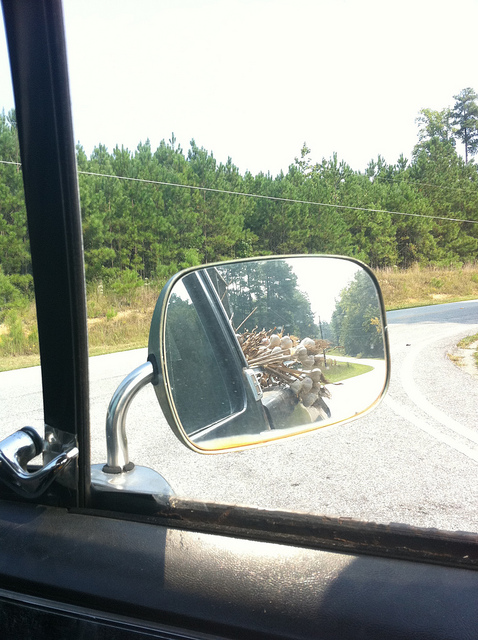
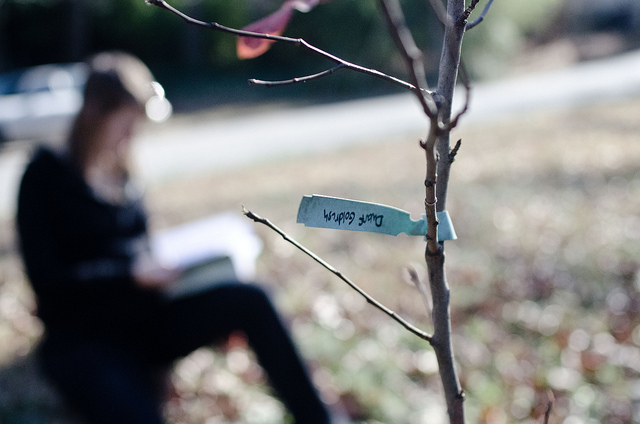

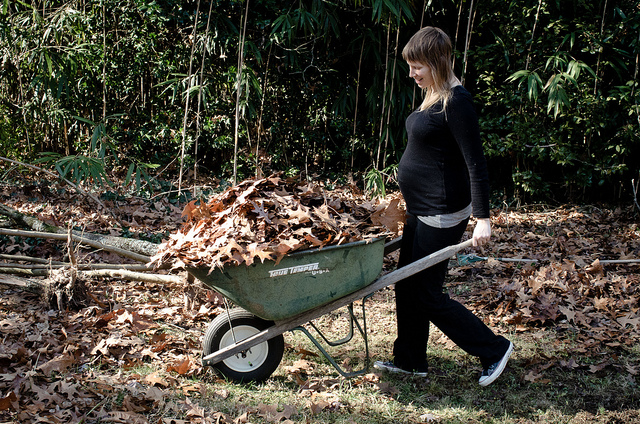
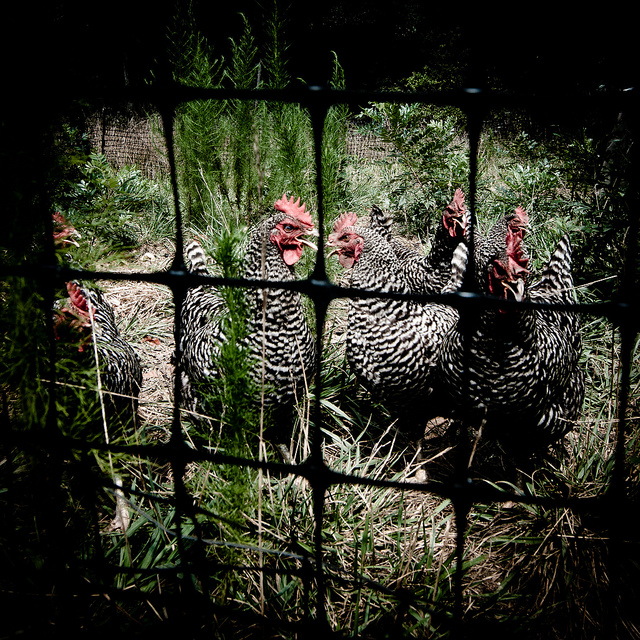

January 1, 2012 at 12:22 pm
keep on rockin’!
January 1, 2012 at 2:41 pm
Looks like fun! Wishing you all good things in 2012!